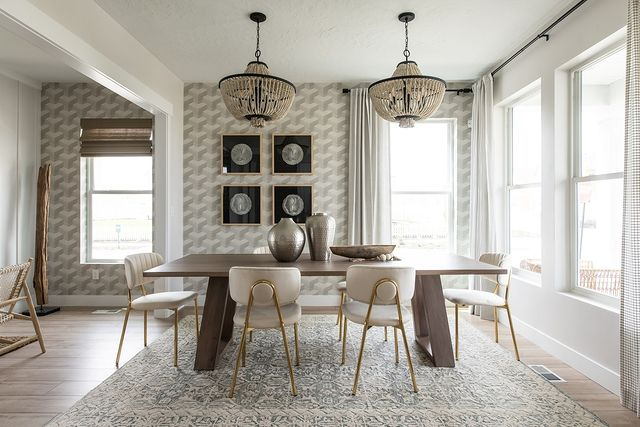Interior design has a, sometimes sub-conscious, profound impact on our mental and physical well-being. As our lives become increasingly intertwined with the spaces we inhabit, the design of our surroundings can either nurture or neglect our health. Today, we have the distinct pleasure of interviewing Circaphiles ambassador Angela Harris of Trio Design, whose expertise has redefined the relationship between design and well-being.
Together with Angela, we delve beyond stylish interiors, as she has harnessed her design prowess to explore the influence spaces exert on our mental and physical health. Read on to uncover the intricate connections between design and well-being, including the concept of biophilic design, a term that has been gaining momentum in the world of interior design.





